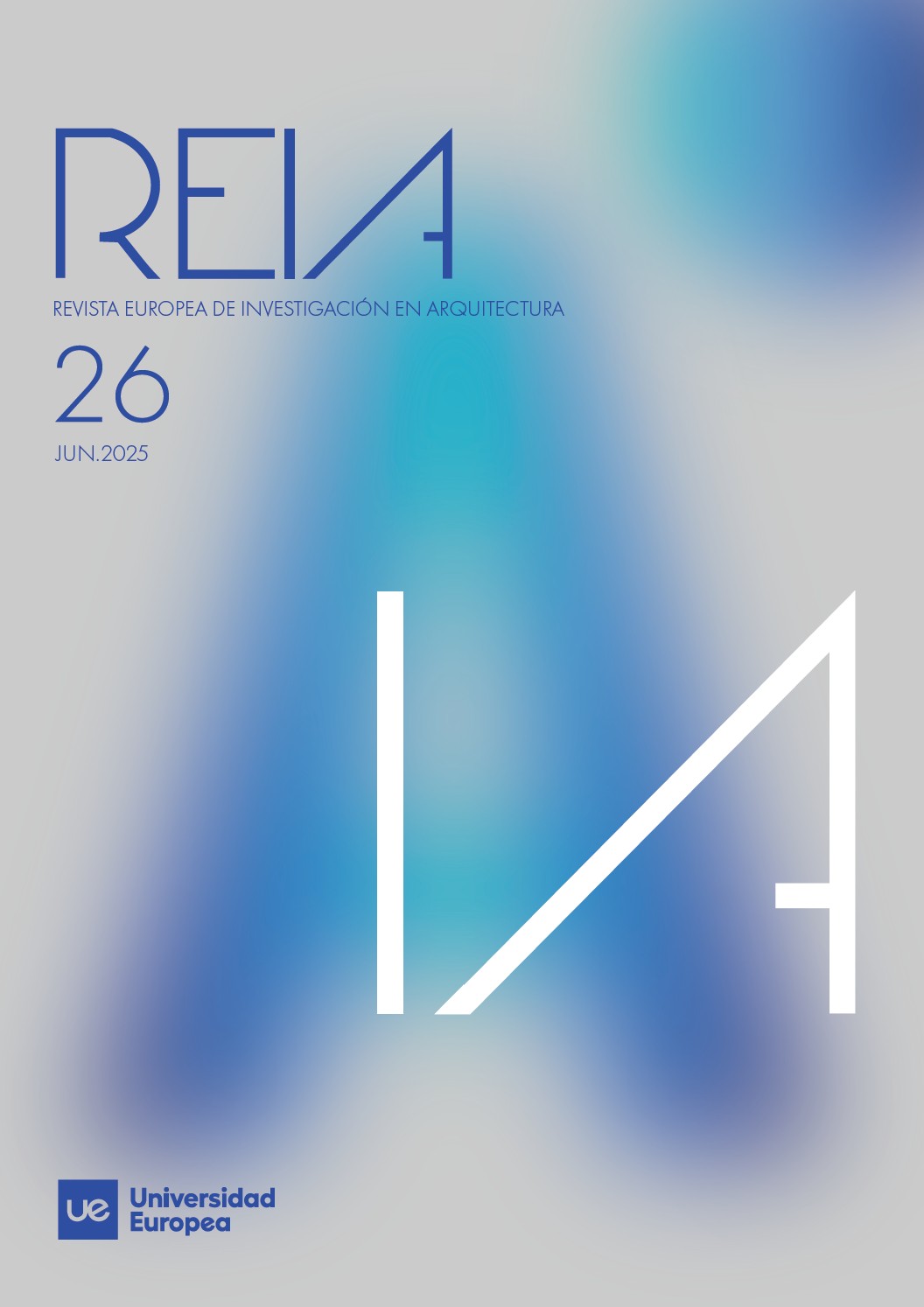Being Rem Koolhaas. Multiplicity and judgment in the age of generative artificial intelligence
DOI:
https://doi.org/10.64197/REIA.26.1008Abstract
In the current context of visual overproduction driven by generative artificial intelligence, critical thinking becomes essential. The instant generation of hundreds of images demands an eye capable of identifying which elements can support an architectural project. This article compares three working models that activate this logic of multiplicity: the physical production of models in studios such as OMA and SANAA; the evolutionary processes proposed by John Frazer; and the visual flows generated through tools such as MidJourney.
The analysis shows that the strategy of multiplicity does not depend on a single technology or a specific scale. Whether through physical models, evolutionary algorithms, or generative artificial intelligence, it is possible to design by exploring multiple paths simultaneously. As these tools become more accessible, having a large team is no longer a requirement. Today, a single person can generate in minutes what used to take weeks. However, this speed demands a new skill: the ability to critically read among options and construct meaning within the excess. In this scenario, the role of the architect shifts toward a curatorial practice, focused on guiding the process, establishing connections, and sustaining a project direction with discernment.
Downloads
Downloads
Published
Versions
- 2025-07-31 (2)
- 2025-07-30 (1)






